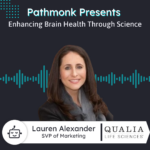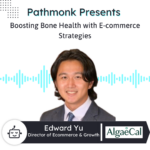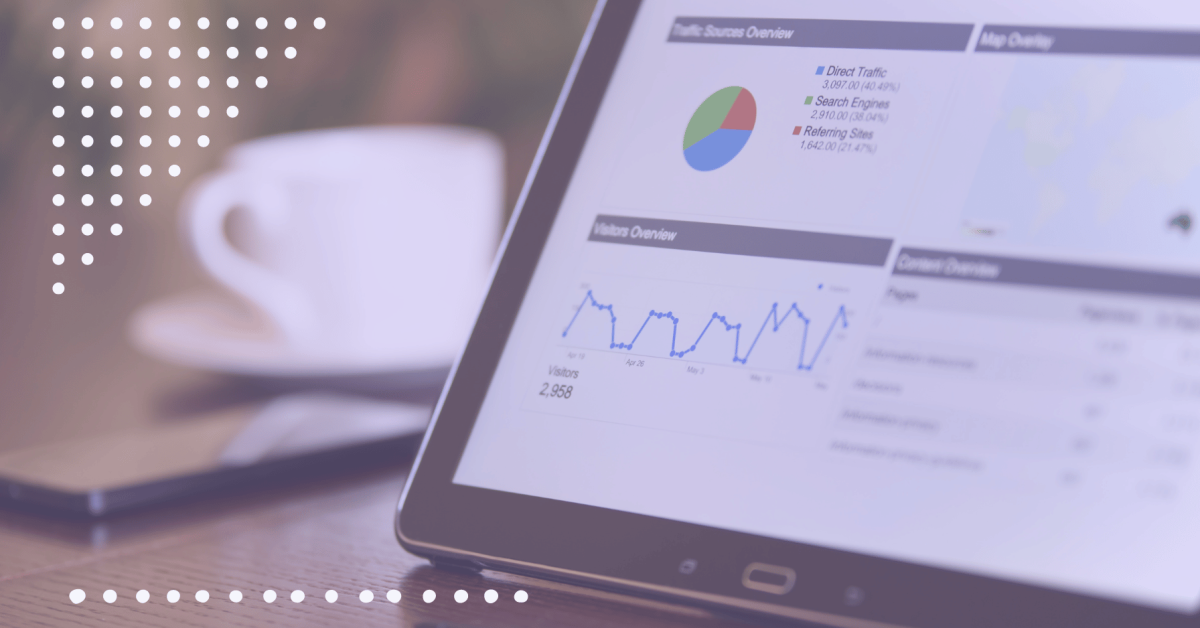
Google Ads is a powerful platform that enables businesses of all sizes to connect with their target audience and drive traffic to their website. However, the ultimate goal of any advertising campaign is to convert that traffic into paying customers or clients, so the conversion rate helps us determine whether we meet that goal.
The conversion rate is the percentage of visitors, on your website, who take a desired action, such as making a purchase or filling out a contact form. Improving this rate can lead to a significant increase in revenue and return on investment (ROI).
Increase +180%
leads
demos
sales
bookings
from your website with AI
Get more conversions from your existing website traffic delivering personalized experiences.
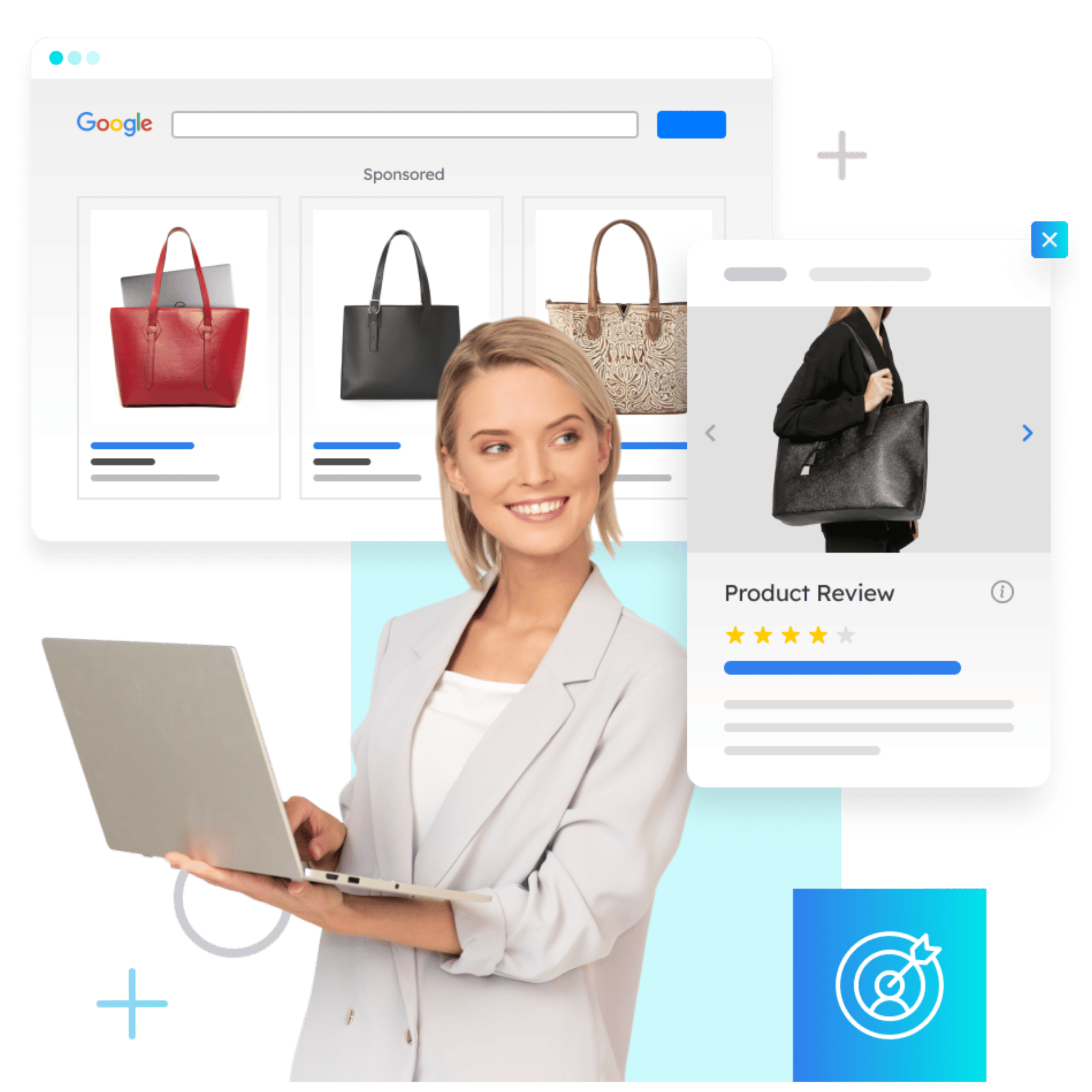
But optimizing and improving Google Ads conversion rate is not an easy task, as there are several factors that contribute to a successful campaign. Advertisers face challenges such as identifying the right audience, creating compelling ad copy and visuals, designing effective landing pages, and choosing the right bid strategy.
Moreover, businesses are facing tough competition on the platform. With more and more companies turning to Google Ads to reach their target audience, the cost per click (CPC) and cost per acquisition (CPA) are increasing, making it even more challenging for businesses to achieve a positive ROI.
Therefore, businesses need to work harder to ensure that their campaigns are efficient and effective. Just increasing the ad spend without optimizing the campaigns can lead to wasted resources and a lower ROI. Hence, it is crucial to focus on improving the conversion rate, which can help businesses get more value from their advertising budget.
What is a Good Google Ads Conversion Rate?
The conversion rate for Google Ads can vary depending on several factors, including the industry, the type of product or service being offered, the conversion goal specified, and the target audience. A conversion rate that might be considered good in one industry may not be the same in another. For example, the average conversion rate for e-commerce businesses is around 2.86%, while the average for B2B businesses is around 2.23%.
It’s also worth noting that the conversion rate can differ between different types of campaigns within Google Ads. For instance, display ads may have a lower conversion rate compared to search ads, which are more targeted and intent-driven. Similarly, the conversion rate may vary depending on the type of ad format used, such as video ads or shopping ads.
So, what should you aim for when it comes to your Google Ads conversion rate? While there is no hard and fast rule, a good conversion rate for Google Ads is typically considered to be around 3%. However, it’s important to remember that this figure is just a benchmark and may not be applicable to every business.
It’s also crucial to keep in mind that conversion rate alone is not a comprehensive metric for measuring campaign success. For instance, a campaign with a high conversion rate but a low click-through rate may not be as effective as a campaign with a lower conversion rate but a higher click-through rate. Therefore, it’s important to consider other metrics such as cost per click (CPC), cost per acquisition (CPA), and return on ad spend (ROAS) in conjunction with the conversion rate.
Here are some strategies you can use to optimize your Google Ads conversion rate.
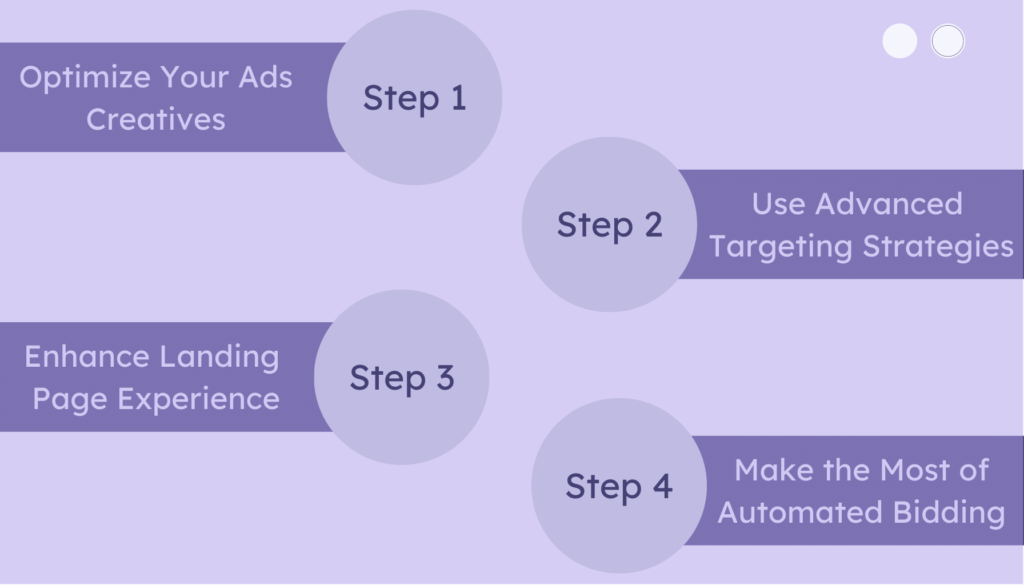
Optimize Your Ads Creatives
Optimizing ad creatives is a crucial step in improving the conversion rate of your Google Ads campaign. Ad creatives are the first thing that users see when they encounter your ads, and they play a significant role in capturing users’ attention, communicating your message, and persuading them to take action. Here are some key tips and best practices for optimizing ad creatives:
- Relevant Ad Copy: The ad copy should be concise, and relevant; highlight the key benefits of your product or service. It should also include relevant keywords that match the user’s search query.
- Attention-Grabbing Headlines: The headline of the ad should be attention-grabbing and clearly communicate the main message of the ad. It should be relevant to the user’s search query and highlight the key benefit of your product or service.
- Compelling Call-to-Action: The call-to-action (CTA) should be clear, concise, and compelling. It should encourage users to take action, such as “Shop Now,” “Sign Up Today,” or “Learn More.”
- A/B Testing: A/B testing involves creating multiple variations of your ad creatives and comparing their performance to determine which version is the most effective. You can test different ad copy, headlines, CTAs, visuals, and other elements to find the combination that generates the highest conversion rate.
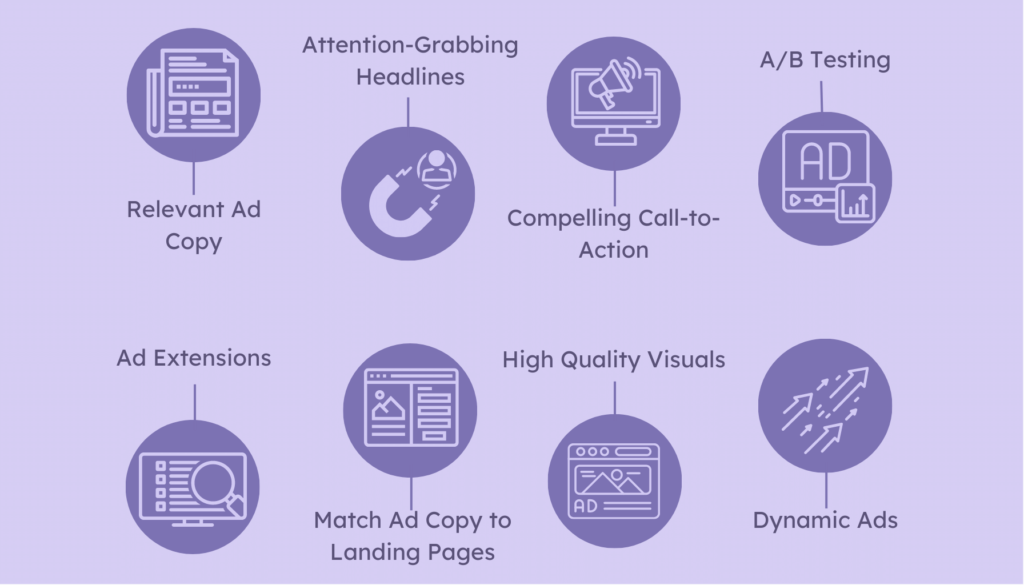
- Use Ad Extensions: Ad extensions allow you to add additional information to your ads, such as phone numbers, links to specific pages on your website, or additional text. Ad extensions can help improve the relevance and effectiveness of your ads and increase the likelihood of conversion. If you’re not using ad extensions, you’re missing out on one of the most effective yet simple ways to improve your conversion rate.
- Match Ad Copy to Landing Pages: The ad copy should match the content of the landing page to which it leads. This creates a seamless experience for users and increases the likelihood of conversion.
- Use High-Quality Visuals: High-quality visuals can help capture users’ attention and communicate the key benefits of your product or service. Use images or videos that are relevant, eye-catching, and high-quality.
- Use Dynamic Ads: Dynamic ads allow you to automatically generate ad creatives based on the user’s search query or browsing history. This can help increase the relevance of your ads and improve your conversion rate.
Use Advanced Targeting Strategies
To identify and analyze your target audience, start by looking at your customer data. Analyze your website traffic and sales data to identify patterns and trends within your customers’ behavior. You can look for commonalities among your customers such as demographics, interests, and behaviors. By using this data and information, you can create customer personas that represent your ideal target audience.
Once you have identified your target audience, you can use the targeting options available in Google Ads to reach them. Google Ads offers a variety of targeting options including demographics, location, interests, and more.
In addition to these targeting options, Google Ads also offers more advanced targeting options such as custom audiences, in-market audiences, and similar audiences.
Here are some advanced targeting options to help you optimize your campaign and improve your conversion rate:
- Custom Intent Audiences: Custom intent audiences allow you to target people who have recently searched for specific keywords related to your product or service. This targeting option is a powerful tool for driving traffic to your website and increasing conversions.
- In-Market Audiences: In-market audiences are groups of people who are actively researching or considering purchasing products or services that are similar to yours. By targeting these audiences, you can increase the likelihood that your ad will be seen by people who are ready to make a purchase.
- Similar Audiences: Similar audiences are groups of people who share characteristics with your existing customers. By targeting these audiences, you can expand your reach to people who are likely to be interested in your product or service.
- Affinity Audiences: Affinity audiences are groups of people who have shown an interest in specific topics or categories. By targeting these audiences, you can reach people who are likely to be interested in your product or service based on their online behavior.
- Location-Based Targeting: Location-based targeting allows you to target people based on their physical location. This targeting option is particularly useful for businesses that have a physical storefront or provide services to specific regions.
- Device Targeting: Device targeting allows you to target people based on the device they are using, such as mobile phones or tablets. This targeting option is important for businesses that have mobile-optimized websites or apps.
- Time-of-Day Targeting: Time-of-day targeting allows you to target people at specific times of the day or days of the week. This targeting option is helpful for businesses that have specific hours of operation or want to reach people at times when they are most likely to be interested in their product or service.
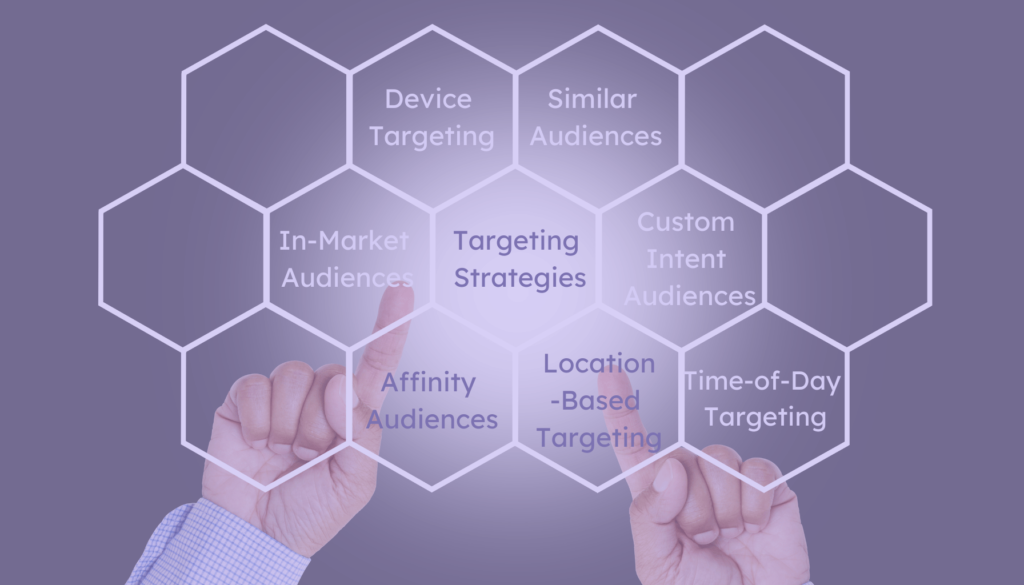
Enhance Your Landing Page Experience
Landing pages play a critical role in the success of a Google Ads campaign as they are the first page a visitor sees after clicking on an ad. A well-designed landing page can significantly improve the conversion rate by providing a seamless user experience and guiding visitors toward the desired action.
To enhance the effectiveness of landing pages, it is essential to follow best practices such as:
- Clear and Concise Messaging: The messaging on the landing page should align with the ad copy and clearly communicate the value proposition of the product or service. Avoid using jargon or complicated language that may confuse the visitor.
- Easy-to-Navigate Layout: The landing page layout should be easy to navigate, with a clear hierarchy of information and a prominent call-to-action. Visitors should be able to find what they are looking for quickly and easily.
- Relevant Visuals: Use relevant and high-quality visuals such as images or videos that help convey the product or service’s benefits. Ensure that the visuals are optimized for fast loading times and are visually appealing.
- A/B Testing: A powerful tool to optimize landing pages for conversion. It involves creating multiple versions of a landing page and testing them against each other to identify the most effective design. The key elements to test in A/B testing include the headline, call-to-action, form fields, and visual elements.
- Social Proof to Build Trust: Social proof powers our decisions in the modern world. In fact, displaying reviews can increase conversions by as much as 270%.
In addition to these recommendations, hyper-personalization has proven to be the most effective strategy to optimize your landing page conversions. AI-driven marketing solution, Pathmonk Accelerate personalizes your landing page based on your visitor’s intent by delivering micro-experiences that match the stage of the buying journey. Pathmonk Accelerate will predict your users’ next likely action, show them hyper-relevant interactions, and achieve real-time engagement on your website; ultimately enhancing the user experience and increasing conversion rates by up to +50%.
Increase +180%
leads
demos
sales
bookings
from your website with AI
Get more conversions from your existing website traffic delivering personalized experiences.

Make the Most of Automated Bidding
Bid strategies in Google Ads refer to the method used to set bids for your campaigns, ad groups, and keywords. The goal is to maximize your return on investment (ROI) by getting the most clicks or conversions for your budget.
There are two main types of bid strategies: manual and automated. Manual bidding is the traditional way of setting bids, where advertisers manually adjust their bids for each keyword. Automated bidding, on the other hand, uses machine learning algorithms to adjust bids automatically based on various signals, such as historical performance data, search queries, and user behavior.
Automated vs manual bidding was once a conversation that sparked fierce debate, but that’s hardly the case anymore. As with most things these days, automation always wins. With automated bidding, you can use a lot more data points than you can when doing it yourself. Even if you tried to replicate smart bidding manually, it would be difficult to create bid adjustments across devices, remarketing lists, audiences, demographic data, ad scheduling, and more. With the exception of a few use cases, you should default to using automated bidding in Google Ads.
Within automated bidding, there are several different strategies to choose from, each with its own strengths and weaknesses.
- Target CPA (Cost Per Acquisition): This strategy automatically sets bids to achieve a specific CPA goal. It’s best for campaigns that have a history of conversions and a set CPA target. For performance experts, try testing different CPA targets and monitoring performance to determine the optimal bid.
- Target ROAS (Return On Ad Spend): This strategy automatically sets bids to achieve a specific ROAS goal. It’s best for campaigns with a clear conversion value, such as e-commerce campaigns. Performance experts can use this strategy to maximize ROI by testing different ROAS targets and monitoring performance.
- Maximize Conversions: This strategy automatically sets bids to get the most conversions possible within your budget. It’s best for campaigns with a limited budget or quickly generating more conversions. Performance experts can experiment with different budget levels and adjust the campaign’s targeting to increase conversions further.
- Enhanced Cost Per Click (ECPC): This strategy adjusts manual bids based on the likelihood of a click leading to a conversion. It’s best for campaigns with high conversion volume and mixed conversion values. Performance experts can use ECPC to fine-tune their manual bidding by testing different bid adjustments.
- Maximize Clicks: This strategy automatically sets bids to get the most clicks possible within your budget. It’s best for campaigns with a limited budget or when you want to drive more traffic to your website. Performance experts can adjust their targeting or bid adjustments to improve click quality and avoid wasted spend.
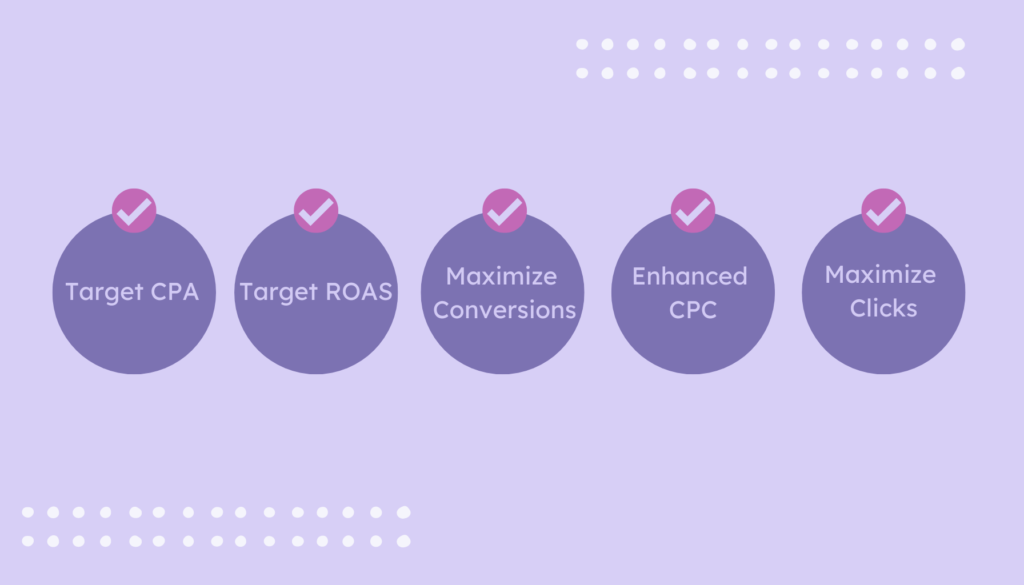
Conclusion
Improving your Google Ads conversion rate requires a strategic approach that includes both manual optimizations and automated bidding strategies.
Manual optimizations, such as improving ad copy and targeting, can help increase the relevance of your ads and improve click-through rates. By utilizing ad extensions and optimizing landing pages with hyper-personalized content based on your user’s intent, you can further improve the user experience and increase the likelihood of conversions.
Automated bidding strategies can also play a critical role in improving conversion rates. By choosing the right bidding strategy based on your campaign goals, you can ensure that your bids are optimized to drive conversions efficiently. Experimenting with different bidding targets and monitoring performance can help you fine-tune your strategies for maximum impact.
Ultimately, improving your Google Ads conversion rate requires ongoing testing and optimization. By continuously analyzing your data and making informed decisions, you can improve the performance of your campaigns and drive more conversions.


